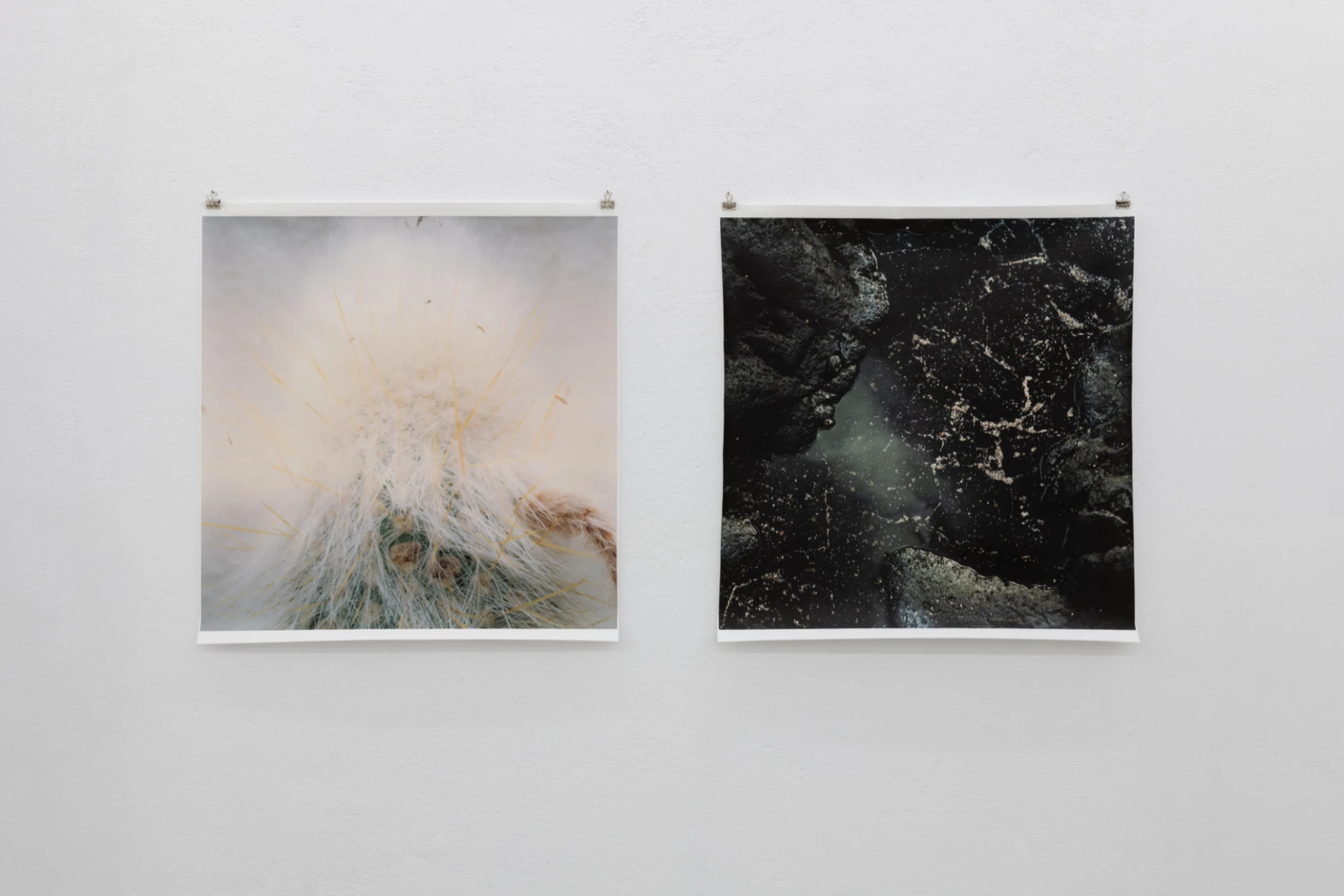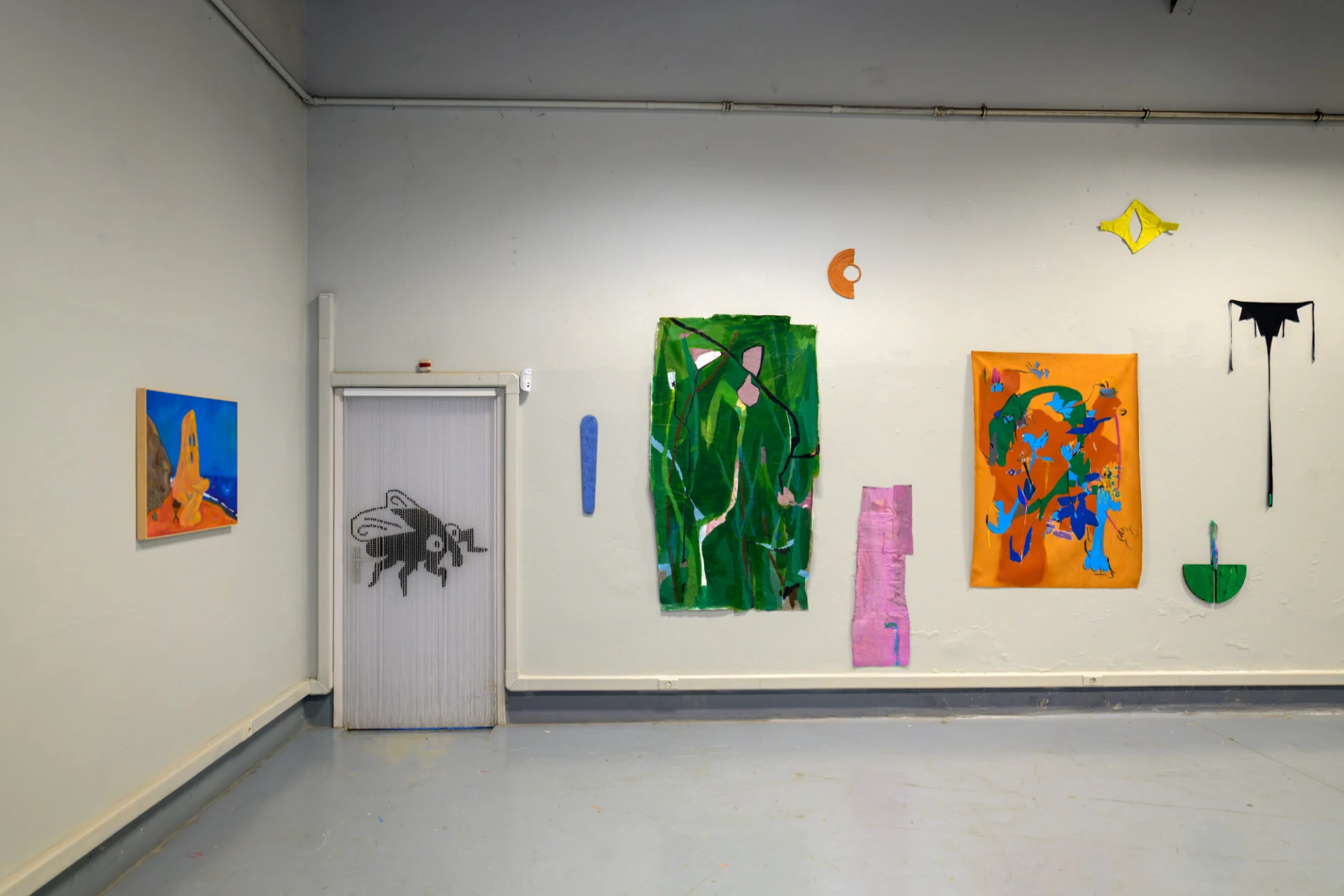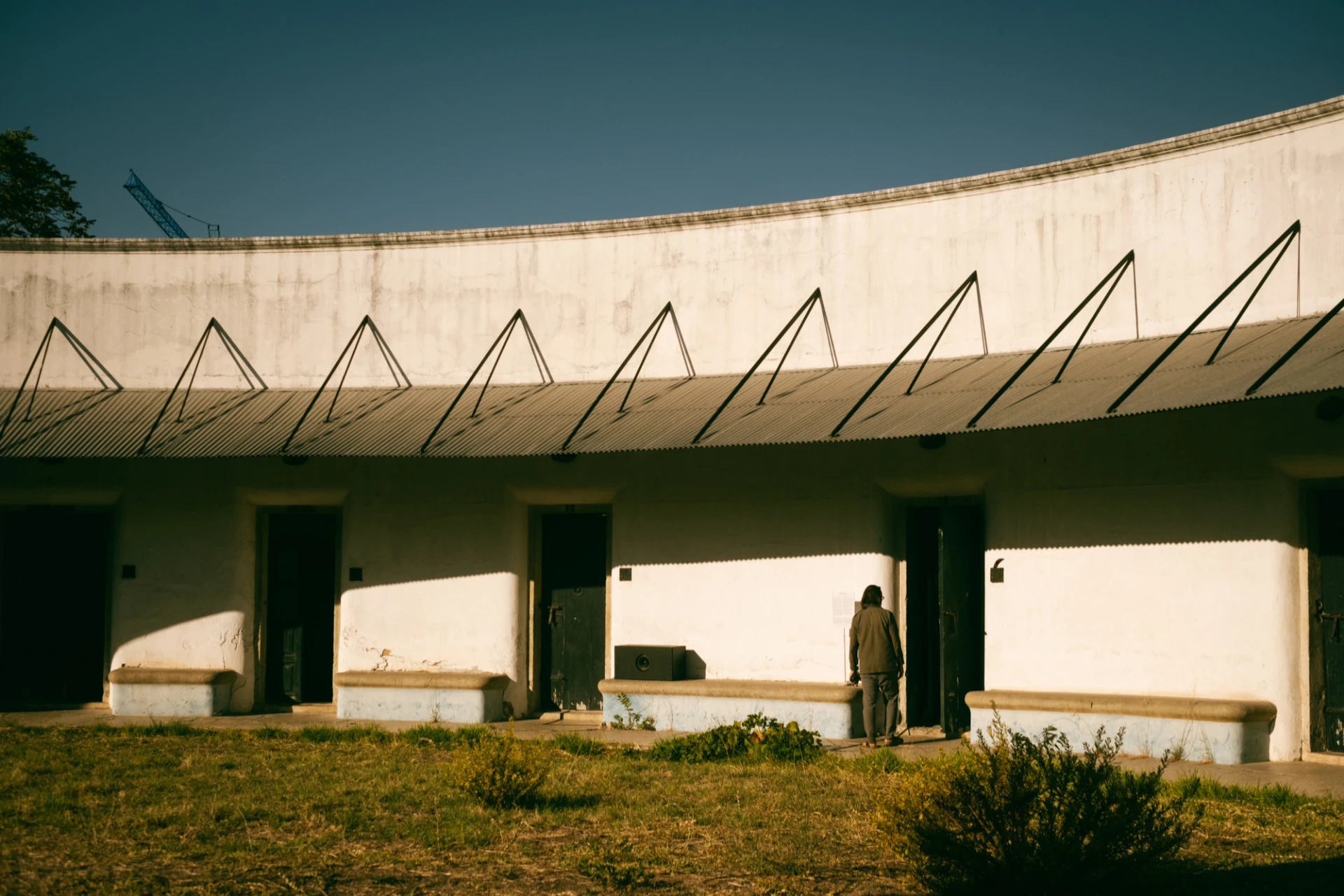article
Caminhos, at the Museu Nacional de Arte Contemporânea
As part of the plan of activities to celebrate the 30th anniversary of the Millennium BCP Foundation, the 'Caminhos' exhibition is being held at MNAC, curated by Emília Ferreira, Joana d'Oliva Monteiro, and Regina Branco.
Based on an exhibition proposal that seeks to think about the act of walking in its material and spiritual dimensions, a space was conceived in four parts: "Landscapes where we feel at home", "Traveling and mapping the landscape", "Itineraries of the imagination", and "Towards the unknown". The visitor is rightly invited to walk through these rooms, in a journey that subtly moves from a concrete and scenic realm to an abstract and spiritual universe.
Starting with the landscapes of Amadeo de Souza-Cardoso, Hygino Mendonça, José Malhoa, António Saúde, and Fausto Gonçalves, the journey begins with a concrete notion of the natural world, from the beginnings of a 19th and 20th-century pictorial tradition that consolidated a view of the Portuguese landscape on canvas. "Paisagens em que nos sentimos em casa" (Landscapes in which we feel at home) presents the romantic idea of a road as a walk through nature, bucolic and pristine, in a demonstration of a state of affairs that has little affection for modernity. But it is no coincidence that a miniature train is in a corner of the room and runs through a small tunnel to the next room. This curatorial detail was conceived as an allusion to this passage, or wandering, to another itinerary, to leaving a path grounded in the landscape and contemplation of nature, which flows into the unexpected trails of other territories and routes.
"Traveling and mapping the landscape" – the second part of the exhibition – presents a new reading of the gesture of walking, where paintings by Nadir Afonso, João Hogan, Mily Possoz, and Joaquim Rodrigo, reconfigure a mapping of the territory in a relationship with cities, migrations, and the memory that remains of passing through these places. Here the train stops its journey. The following moments begin with a spatial and material relationship that extends to inner, cosmic, and spiritual universes.
Contemplation gives way to introspection, where the third room – "Itineraries of the imagination" – provides an alternative perspective on what can be understood as the inner journey of each individual, the personal background that each one carries, whose dimension or conjuncture can be difficult to trace. Here, freed from naturalistic or city motifs, an abstract dimension is brought to the works of Noronha da Costa, Arpad Szenes, Eduardo Nery, Jorge Martins, and Jorge Pinheiro, in which light, lines, symbols, or even classical mythology serve as a visual matrix to reframe the human journey.
Following this motto, the fourth and final room entitled "Rumo ao desconhecido" (Towards the unknown) is already distant from the others. The walk now takes on an existential, philosophical, and immaterial form; it is no longer about admiring the natural world, looking at city life, the memories of living in society, or pondering individual and identity introspection. In this last room, the visitor is confronted with the ultimate questions inherent in the end of the road, the meaning of life, mediated and punctuated by the paintings of Eduardo Batarda and António Faria.
On show until August 24, 2025, at MNAC, the exhibition also includes the presentation of unpublished essays. It's an ideal excuse to learn more about contemporary Portuguese painting and the Millennium BCP collection, while taking a different kind of walk.
ADVERTISING
Previous
article
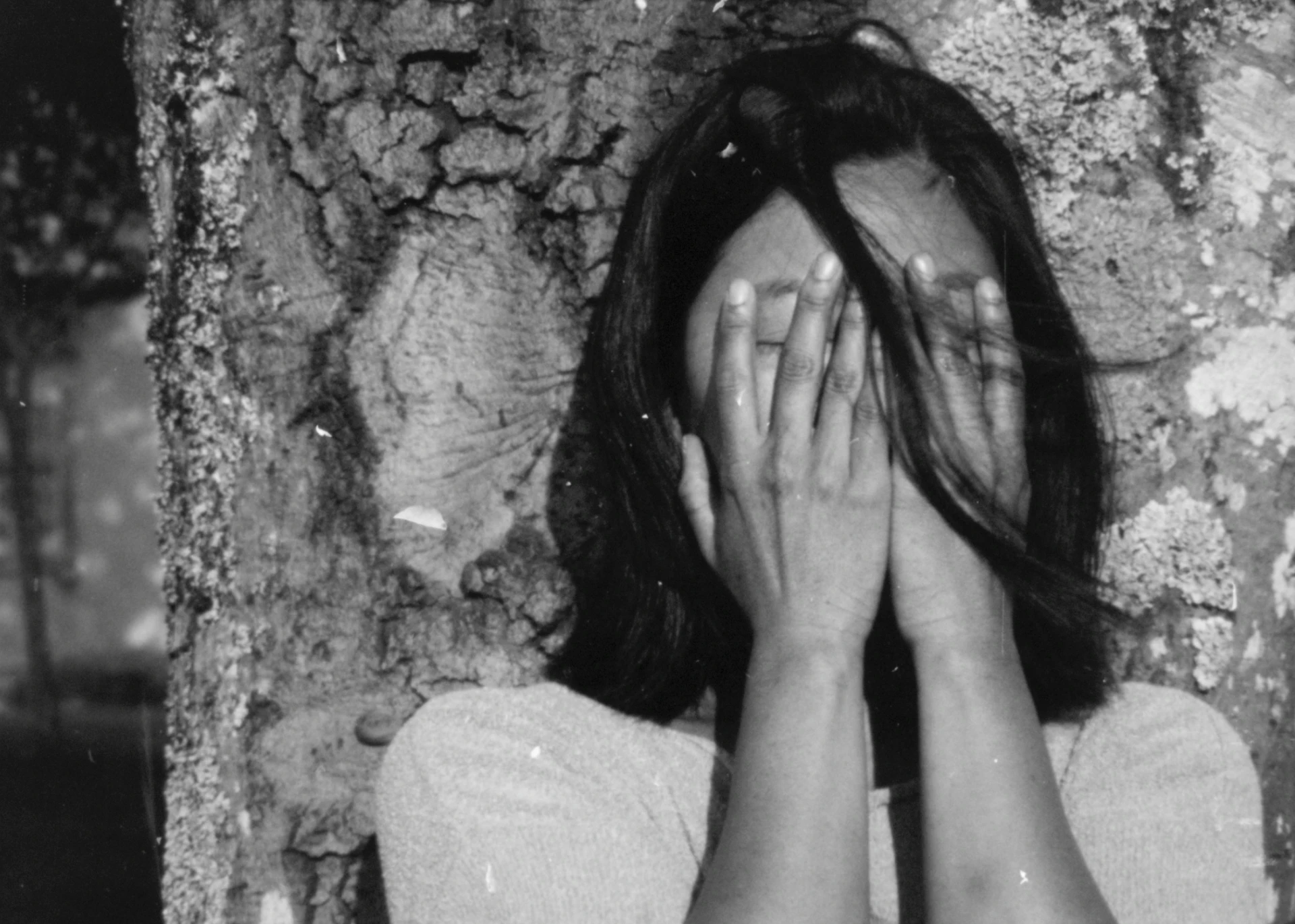
01 Aug 2025
Jiôn Kiim is the winner of the OpenCall for the UmbigoLAB artistic residency @ Fundação da Casa de Mateus
By Umbigo
Next
article
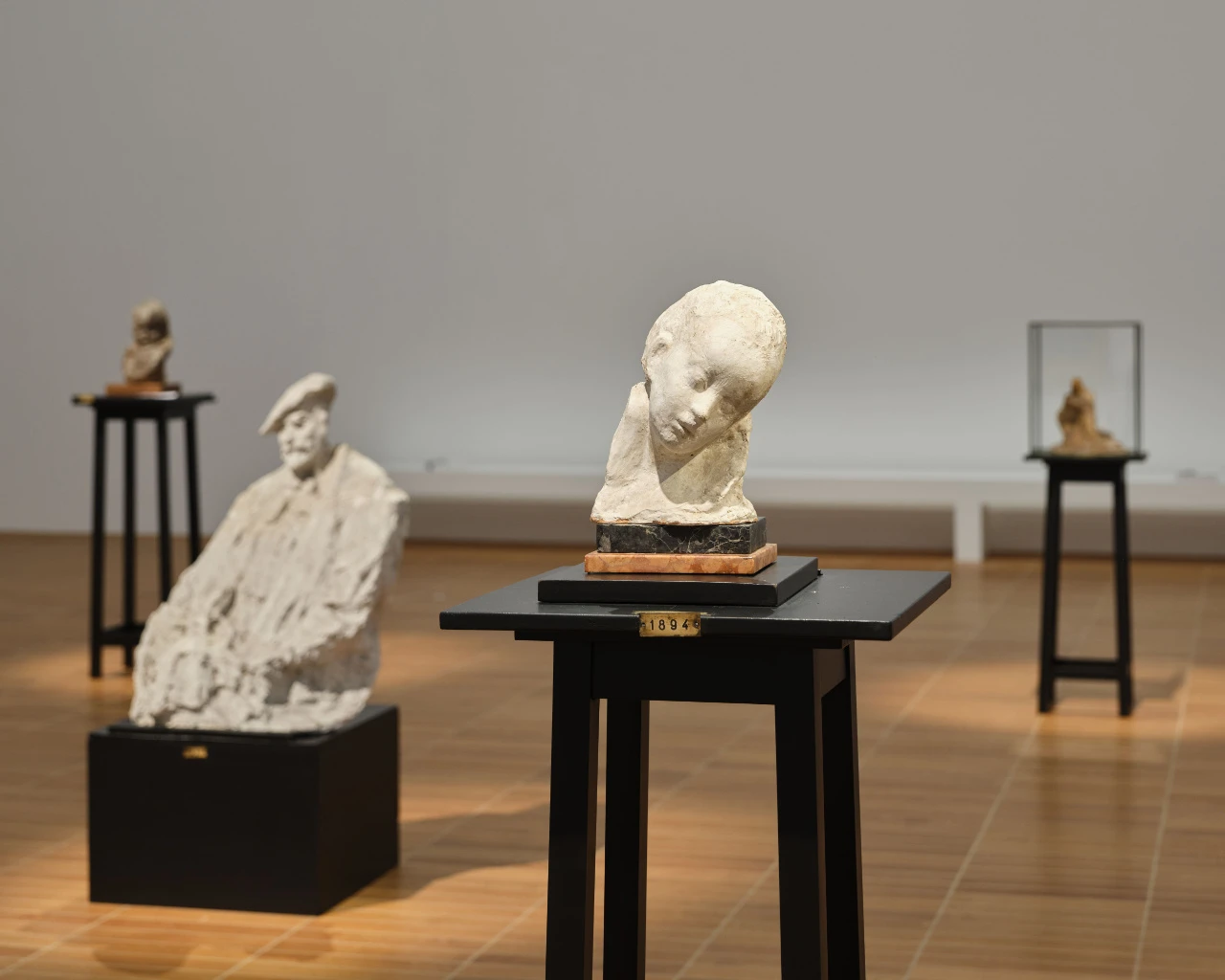
04 Aug 2025
Medardo Rosso in Kunstmuseum Basel: Illusions of Light, Dialogue with Modernity, and New Horizons for Contemporary Sculpture
By Alexander Burenkov
Related Posts
